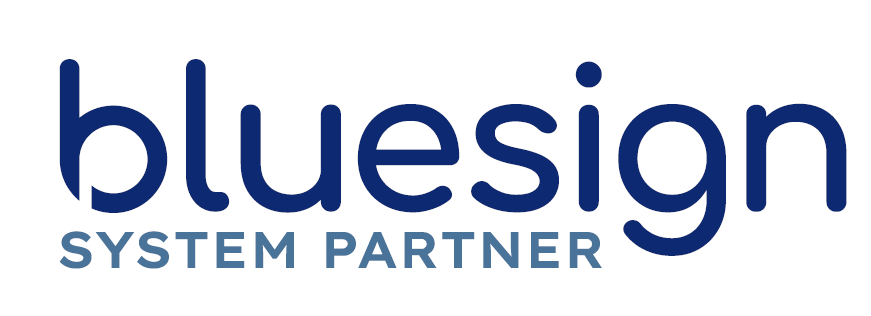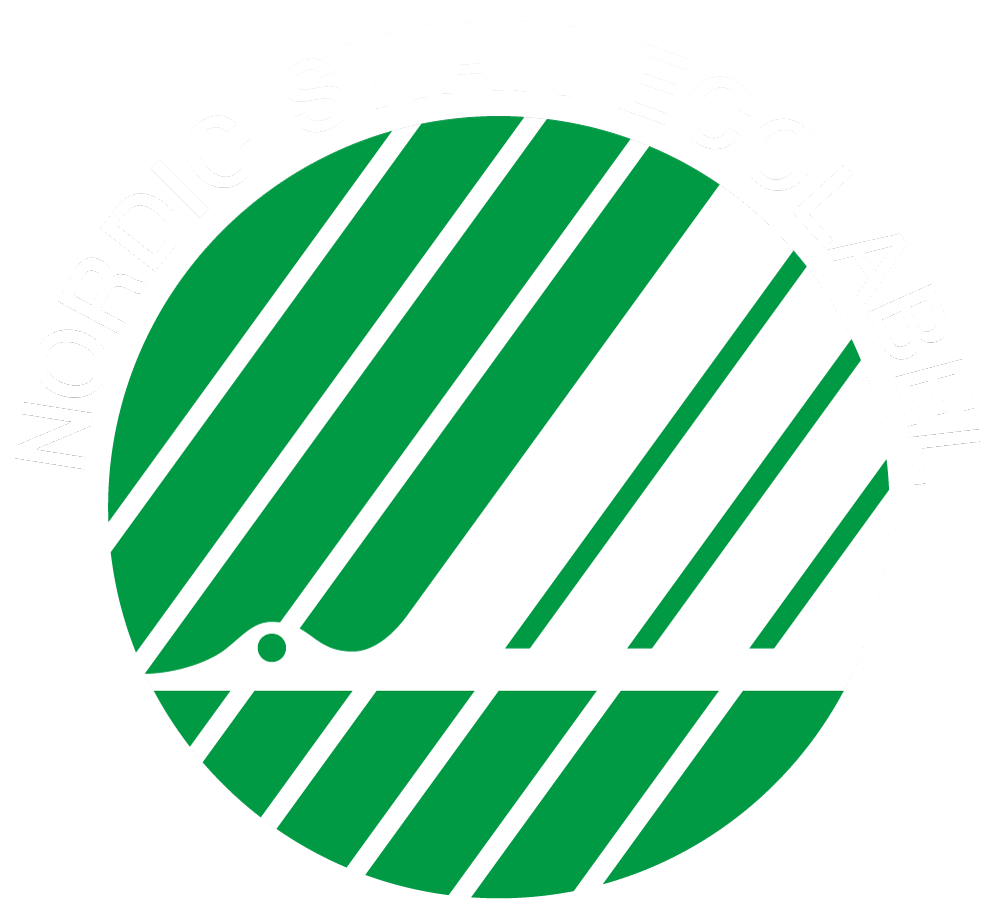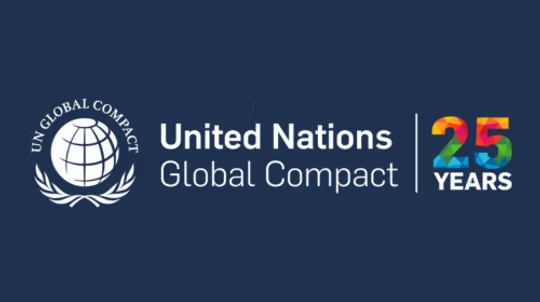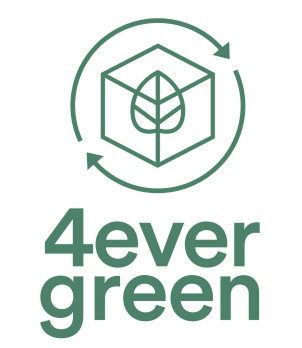Fashion’s Journey to Circularity
Archroma is seeking to help industry players move towards circularity with our “PLANET CONSCIOUS+” roadmap. We know that significant barriers need to be overcome. But groundbreaking new products, solutions and technologies are already delivering measurable impacts right along the supply chain.
Designing for Circularity
It all starts at the design stage, when 80% of a product’s environmental impact is locked in. Selecting materials that are low impact and recyclable is essential. When we avoid using toxic chemicals in materials and processes, we make it much easier to safely recycle or compost the final product when it reaches the end of its usable life.
Designing for longevity is equally important. Colors need to be durable and remain vibrant for the product’s lifetime, and whites need to stay bright white, with no discoloration. Functional effects like stain resistance, moisture management, weather protection and odor control also have to last, or garments will be discarded before they are worn out.
Beyond regulatory compliance, meeting the requirements of influential third-party standards is becoming vital for brands to substantiate their environmental claims as greenwashing accusations mar the industry’s reputation.
Our new SUPER SYSTEMS+ solutions allow brands and mills to select the impact they want to achieve—from measurable resource savings to end-product durability to cleaner chemistries, or all three. They draw on the industry’s most extensive product portfolio, combining processing solutions and intelligent effects into powerful end-to-end systems. All are grounded in evidence-backed data to enhance transparency and speed-to-market, giving brands and mills easy access to regulatory and compliance information and enabling them to go beyond basic compliance and stay ahead of evolving regulations and industry standards in line with their environmental and business goals.
Innovating from Nature
EarthColors® is a patented method of synthesizing dyes to produce warm shades from nature. Developed by Archroma, this clean technology creates fully traceable biosynthetic dyes derived from natural waste products of the agriculture and herbal industries. EarthColors® contributes to a circular economy by upcycling waste from other industries and by producing garments that can be recycled or composted in a safe and efficient way.
These dyes are low impact, too. They are not petroleum based, and they help reduce the industry’s negative impact on water, natural resources and climate change compared to conventional synthetic dyes. Furthermore, they use non-edible natural products, leaving the edible part for food consumption.
Using natural waste as the raw material has no negative impact on the performance of the dyes. Fixation and fastness are similar to what can be achieved with conventional sulfur dyes, so end-products won’t quickly fade or discolor and will stay looking good for a long time.
Dyes manufactured with the EarthColors® technology are fully traceable—from natural waste material to store shelf—and comply with globally accepted standards like bluesign®, the Global Organic Textile Standard (GOTS), Cradle to Cradle Certified® and Zero Discharge of Hazardous Chemicals (ZDHC).
Making an Impact
Since launching in 2017, EarthColors® has been adopted by more than 30 top global brands and retailers, including Ralph Lauren, Esprit and Ugg and most have launched multiple collections based on the technology.
In all, we have upcycled in excess of 50 tons of plant residue from the herbal and food industries into gorgeous colors, with close to 20 million articles colored with plant waste from when we started.
We are also working to develop ways to close the loop with solutions that enable used clothes to be turned into new fashions.
Archroma will continue to focus on sustainability and innovation for our partners in the fashion and textile industry. Our “PLANET CONSCIOUS+” vision of what’s possible guides us in promoting transparency and collaboration and helping to make the shift to circularity viable for brands and retailers today.
More News & Stories

Full Value Chain Collaboration - The Fastest Way to Sustainable Packaging
I recently asked a fellow packaging professional for their take on the industry’s progress towards sustainable packaging. The answer — “It’s rather like building a plane while you’re flying it” — succinctly captures the prevailing combination of complexity and urgency that all players in the value chain are faced with. There’s much to do in a limited time.
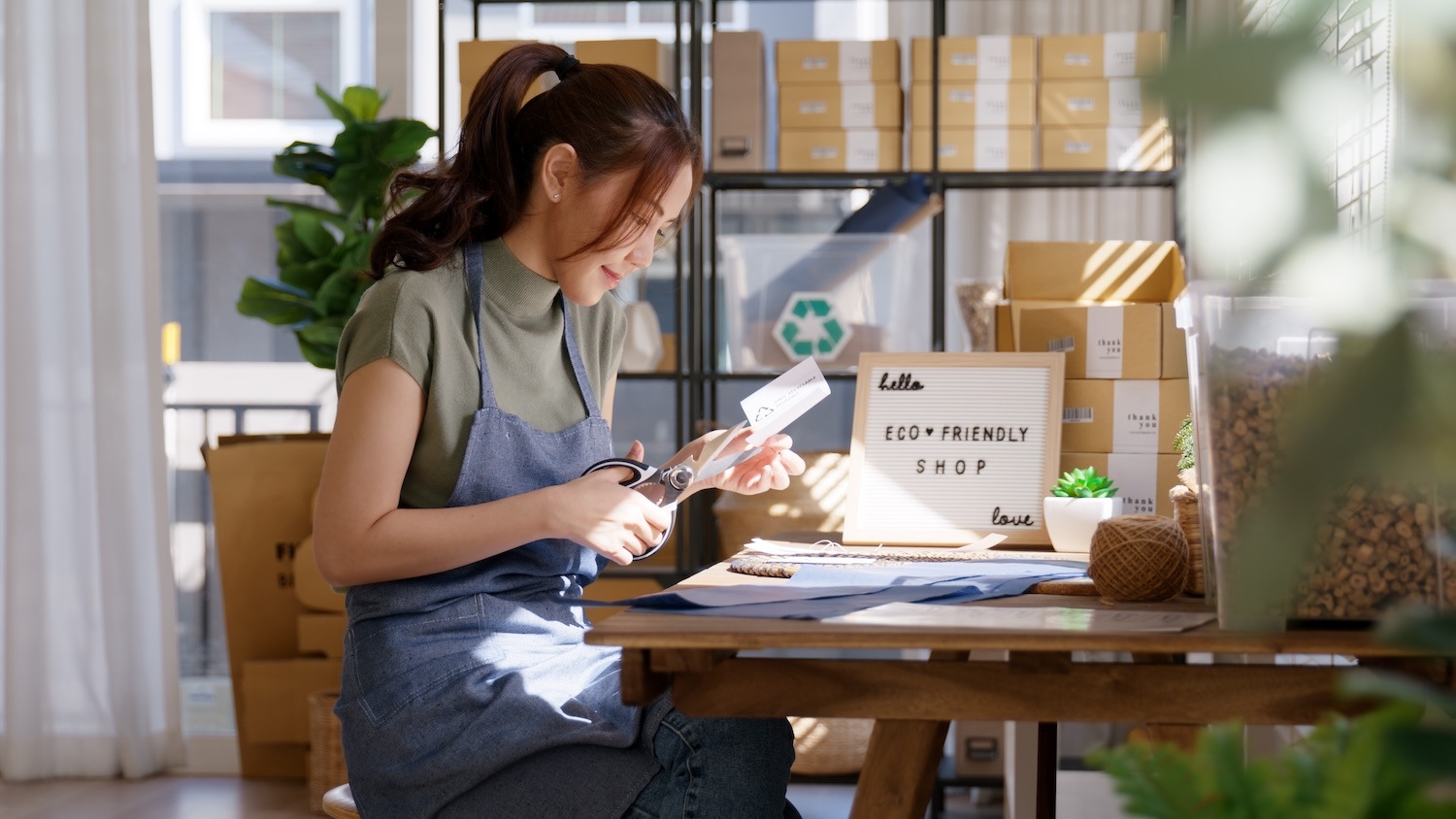
What Goes Into The Box - Chemistry's Fundamental Role in Sustainable Packaging
Without chemistry we wouldn’t have packaging at all — sustainable or otherwise. Yet, the role of chemistry in packaging is often unacknowledged, even by seasoned packaging professionals. This article explores the role of chemistry, both as an integral part of every package, and as the driving force behind true circularity in this sector.

From Pulp to Package, Package to Pulp (and back again)
The paperization trend in modern packaging has many drivers: regulatory developments, growing environmental awareness, changing consumer sentiment — all these, and more, contribute to its increasing relevance. Fully realizing its potential involves overcoming multiple practical challenges, and packaging producers need partners who understand what happens at every step of the value chain loop.
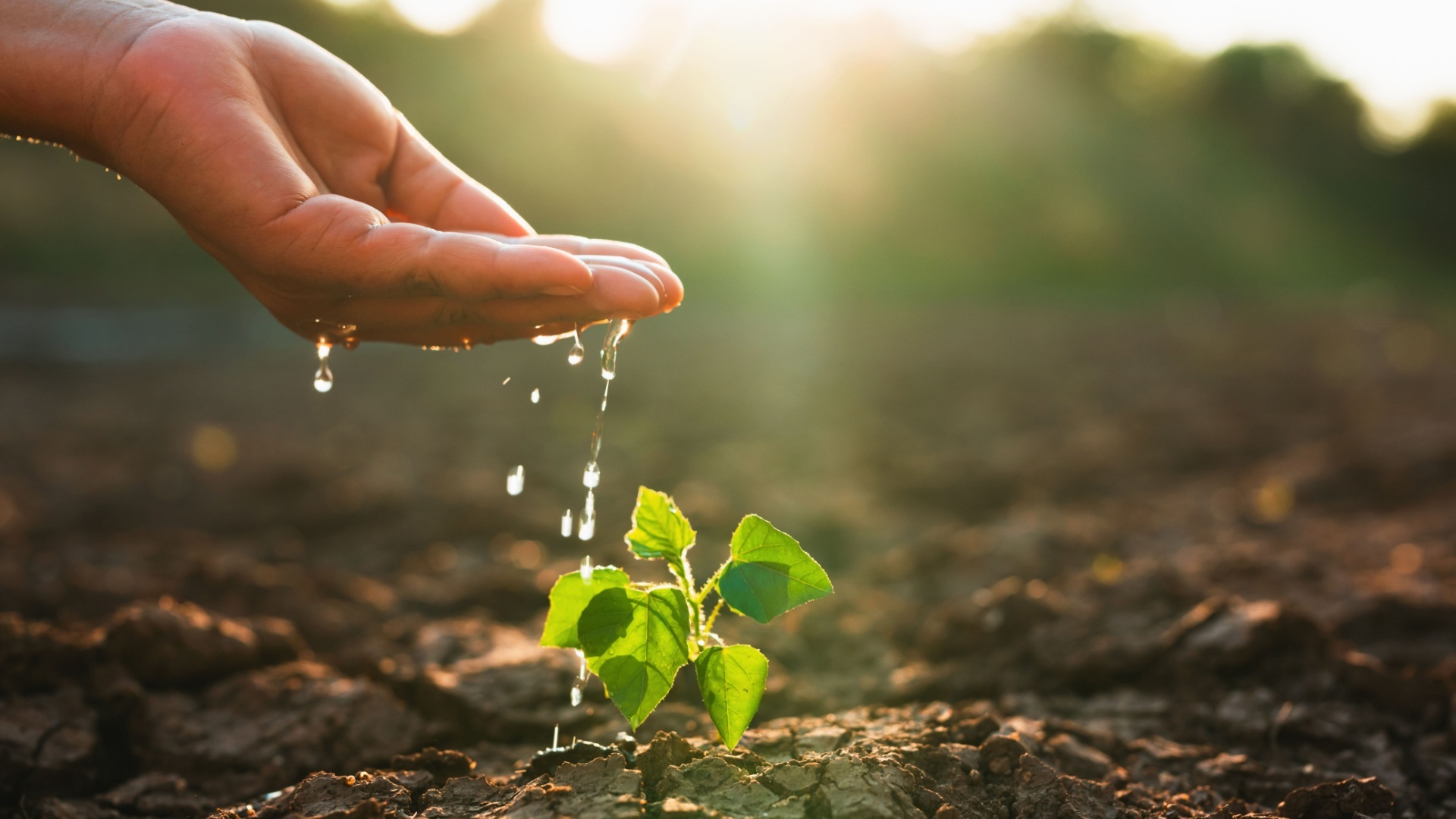
Uniting for Water and Climate: The Measurable Impact of SUPER SYSTEMS+
Every year on March 22, people worldwide mark World Water Day: a time to celebrate water and take action on the global water crisis. This year, the date also coincides with Earth Hour, when millions switch off lights and pledge an hour of their time to the planet.
Archroma are proud members and/or partners with the following organizations

